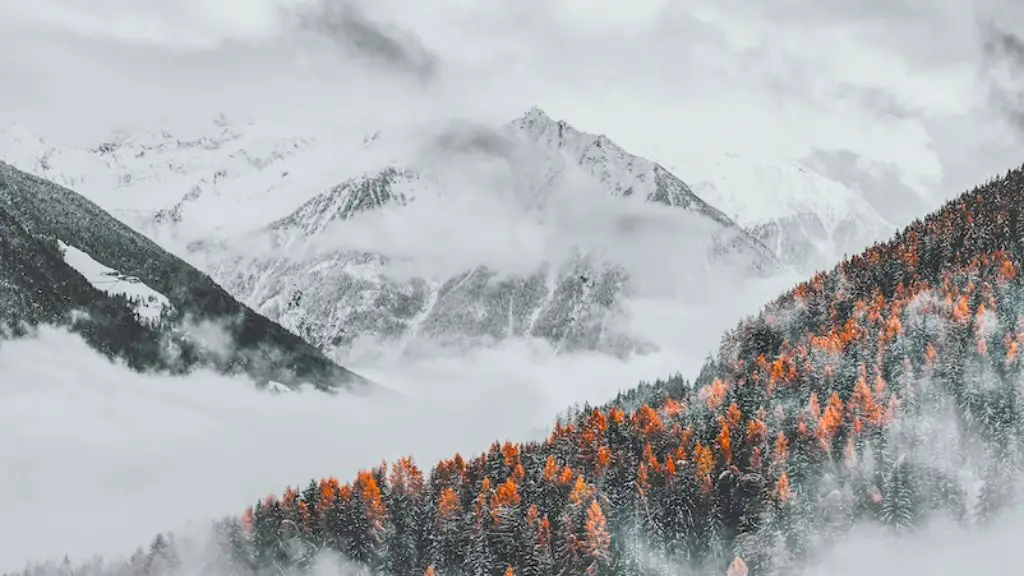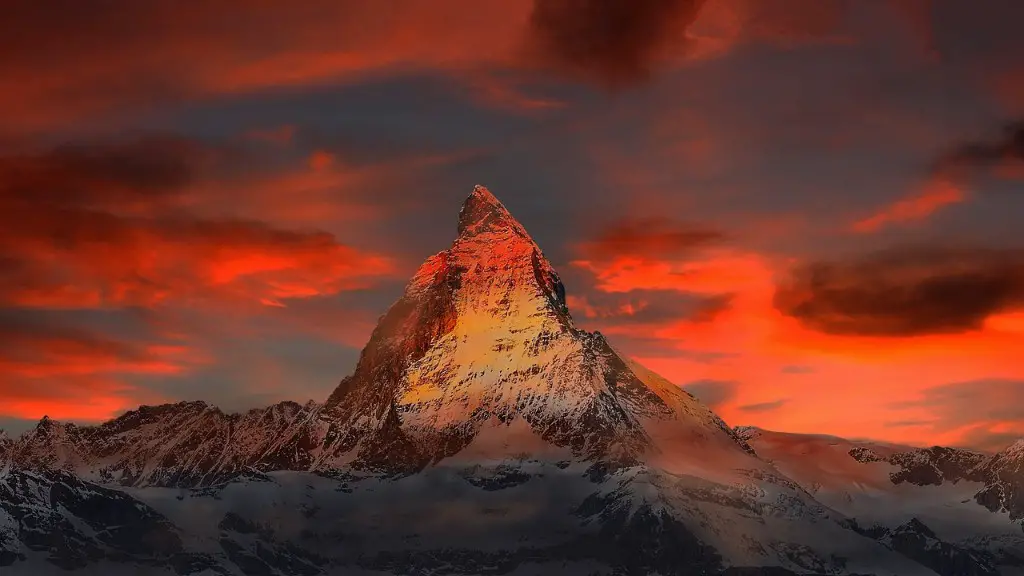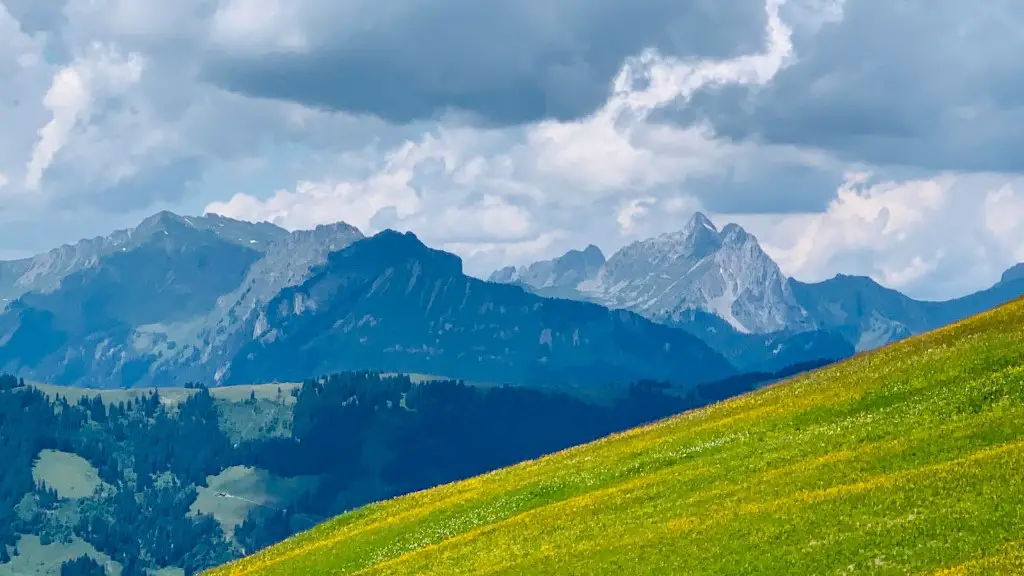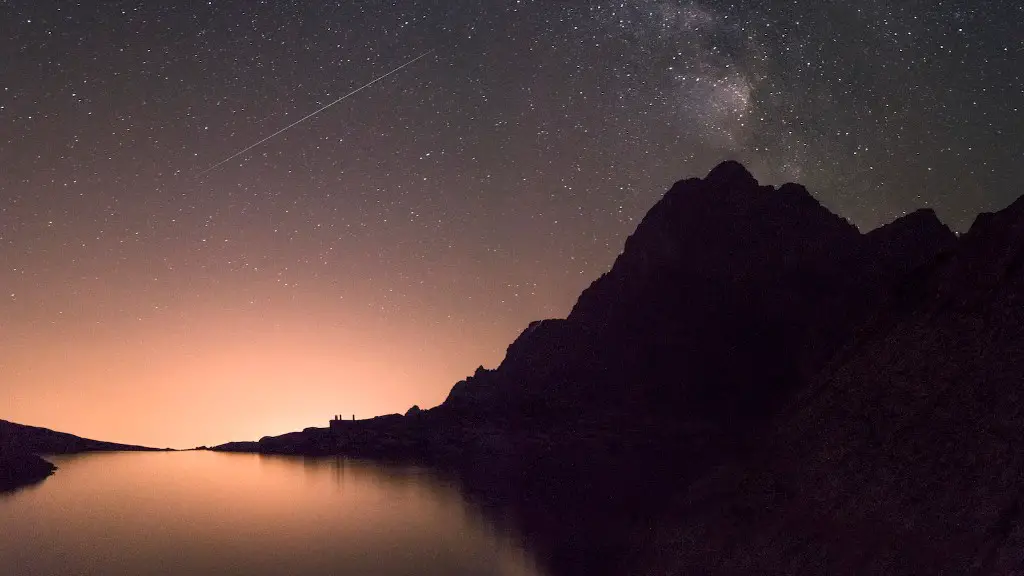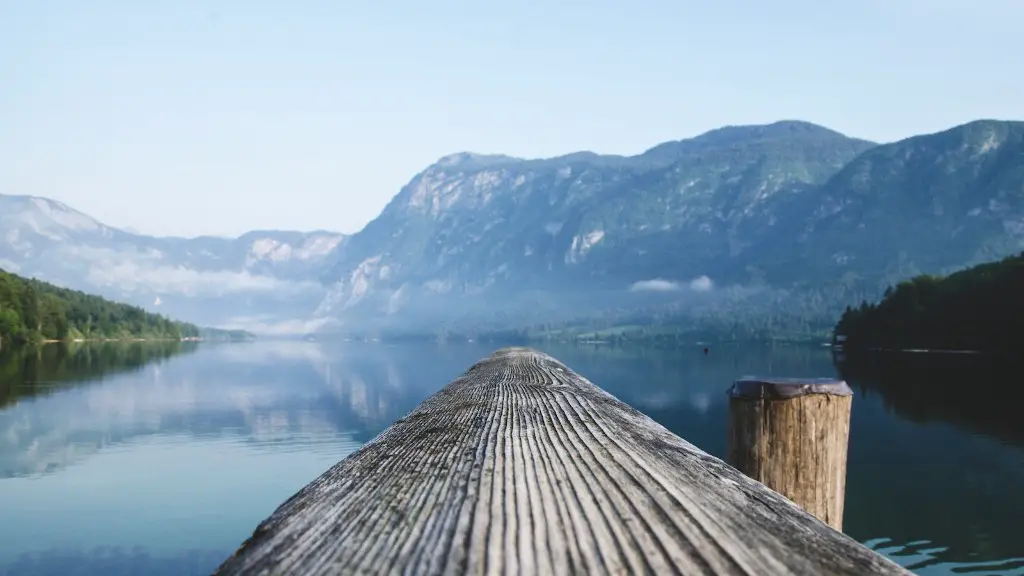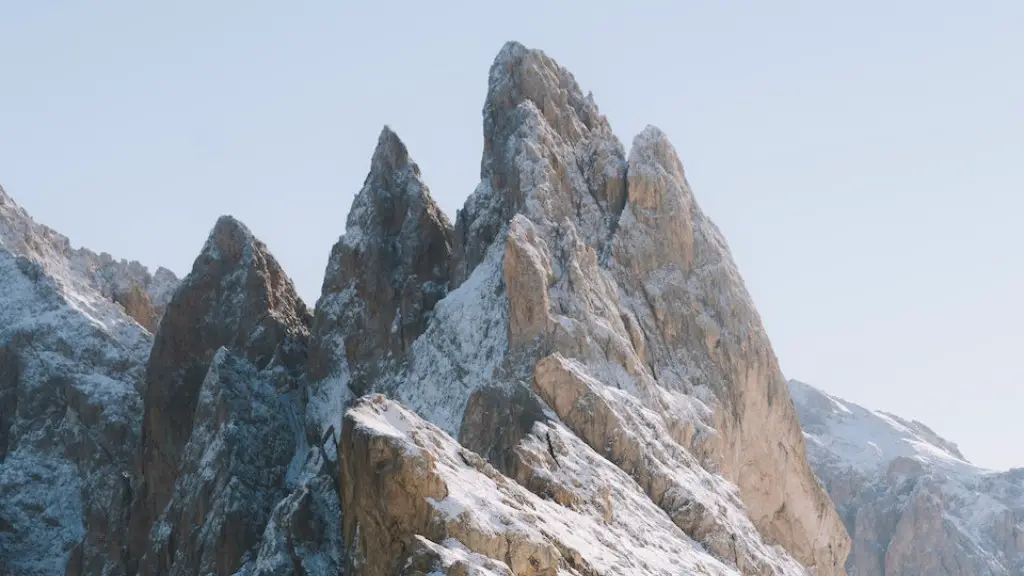There are a number of reasons why dead bodies are left on Mount Everest. One reason is that it is simply too difficult and expensive to retrieve them. Another reason is that in some cases, it is considered respectful to leave the bodies of climbers who have died on the mountain.
There are a number of reasons why dead bodies are left on Mount Everest. One reason is that it is simply too difficult to retrieve them. The terrain is extremely treacherous and the altitude makes it extremely difficult for even the most experienced climbers to reach the bodies. In addition, the bodies are often frozen in place, making them even more difficult to remove.
Another reason is that the bodies can be used as landmarks for other climbers. This may seem callous, but in an environment where every step can mean the difference between life and death, having a body to mark the way can be extremely helpful.
Finally, there is a certain amount of respect that is given to those who die on the mountain. It is seen as a final resting place for those who have pushed themselves to their limits and beyond. Leaving the bodies where they fall is seen as a way of honoring their memory.
Do you see dead bodies on Everest?
Yes, you can see dead bodies on Everest. They are typically located in places along the normal routes where weather changes and snow deposits move them around. Some bodies have been there for years, while others may only be days old.
No one really knows how many dead bodies are on Mount Everest, but it’s estimated that there are around 200. Many of these bodies are hidden beneath the snow and ice, and others are located in difficult-to-reach areas. It’s not uncommon to come across a frozen body while summiting the mountain. The climbing community has a saying: “Climb Everest and you’ll see things you’ll never forget. Climb it twice and you’ll see things you wish you’d never seen.”
What happens to the dead bodies on Everest
As climate change causes the glaciers on Mount Everest to melt, the bodies of climbers who have died on the mountain are becoming exposed. This is causing concerns among expedition operators, as nearly 300 mountaineers have died on Everest since the first ascent attempt, and it is thought that two-thirds of those bodies are still buried in the snow and ice. If the glaciers continue to melt at their current rate, it is possible that even more bodies will be exposed, which could create a safety hazard for climbers and make the mountain less appealing as a destination.
The Green Boots story is a sad one. This was a climber who died on Everest and his body became a landmark on the mountain. People would see his body and know that they were getting close to the summit. The body has never been identified, but it is believed to be Tsewang Paljor, an Indian climber who died in 1996. It is a reminder of the dangers of climbing Everest and the risks that people take when they attempt to reach the summit.
What is the oldest dead body on Everest?
George Mallory’s body was found in 1999, 75 years after his death in 1924. Mallory had attempted to be the first person to climb Everest, but disappeared before anyone could confirm whether or not he had succeeded. His body was found during an unusually warm spring, which may have melting the ice and snow that had previously covered it.
Green Boots is one of the most famous bodies on Everest. He was an Indian climber and constable with the Indo-Tibetan Border Police. Paljor’s body appeared where it is today on May 10th, 1996.
How cold is it at the top of Everest?
The Mount Everest top sees its coldest temperature from Mid-December until Late-January. The average temperature during this time revolves around -37°C(-35°F). Similarly, the average temperature at Everest Base Camp during the winter season is around -17°C(14°F).
The cost of climbing Everest is continuing to sky rocket. In 2017, the cost ranged from $28,000 to $120,000, and in 2022, the cost will be anywhere from $30,000 to $160,000. The average cost will be around $45,000. This is a huge increase from the cost just a few years ago. If you are thinking about climbing Everest, you need to be prepared to spend a lot of money.
How long can you survive in death zone Everest
The death zone refers to the altitude above 8,000 meters (26,247 feet) where the air is so thin that the body cannot get enough oxygen to function. At these altitudes, it is almost impossible to survive for more than a few hours without supplemental oxygen.
If the brain doesn’t get enough oxygen, it can start to swell, causing a condition called high altitude cerebral edema (HACE). Essentially, it’s HAPE for the brain. This swelling can trigger nausea, vomiting, and difficulty thinking and reasoning.
What is the youngest person to climb Mount Everest?
Jordan Romero is an American mountain climber who was 13 years old when he reached the summit of Mount Everest. He is the youngest person ever to summit Everest. Jordan started climbing mountains when he was just six years old. His father, Paul Romero, is an experienced mountaineer and has summited Everest twice. Jordan’s goal is to climb the Seven Summits (the tallest mountains on each continent). So far, he has summitted six of the Seven Summits.
While the cause of most fatalities on Everest this year were due to acute mountain sickness (AMS), it is important to note that AMS can have a number of different effects on the body, including exhaustion, difficulty breathing, nausea and vomiting, headaches, dizziness, and shortness of breath. These symptoms can all contribute to making it difficult to summit the mountain, and ultimately can lead to death. It is important to be aware of the risks of AMS and to plan accordingly, both in terms of acclimatization and carrying extra supplies in case of emergency.
Do any animals live on Mount Everest
Everest is home to a variety of animals, including birds, reptiles, and mammals. However, few animals venture into the upper reaches of the mountain. This is due to the permanent snow and lack of food at high altitudes.
It is believed that Green Boots’s body is still on Mount Everest, 25 years after his death. On the family’s request, someone actually buried the body in the snow and stones. But still his body is still on the mountain, infact it is now a landmark on Mount Everest.
Is Sleeping Beauty still on Everest?
Unfortunately, the weather was still difficult and chaotic, and they were unable to assist her. As a result, Everest Sleeping Beauty passed away nearby. Sergei also perished while returning to find Francis when he fell off a cliff.
Mount Everest is the tallest mountain in the world, and has been summited by thousands of people since the first climbers made it to the top in 1953. The climb generally follows months of preparation, time spent acclimatizing to the low-oxygen environment at high altitudes, and many shorter treks up the mountain from Base Camp.
What is the warmest Mount Everest gets
Everest is the tallest mountain in the world, and its summit is the coldest, windiest place on Earth. Temperatures on the summit can dip as low as -41ºC (-42F), and the highest recorded windspeed is 175mph+ (the equivalent of a Category 5 hurricane).
One of the most unique things about Everest is the Banner Clouds that form around its peak. These clouds are similar to the ones that form around the Matterhorn in Switzerland, and they are thought to be caused by the high winds and extreme temperatures on the mountain.
The average temperature on the summit of Mt. Washington in the warmest months (July and August) seems to be around -2°F-0°F (-16°C to -18°C) during the night, and perhaps a few degrees above this during the day. I would speculate that the warmest temperature ever to be reached on the summit is in the 10-15°F (range -10°C to -12°C) on still and sunny days.
Conclusion
There are a number of reasons why dead bodies are often left on Mount Everest. The first is that it is simply too difficult and dangerous to try to retrieve them. The second is that in many cases, the bodies are located in areas that are simply too dangerous or inaccessible for rescuers to reach. Finally, in some cases, families of the deceased climbers may request that their loved ones be left on the mountain.
There are many reasons why dead bodies are left on Mount Everest. One reason is that it is too difficult and dangerous to try to retrieve them. Another reason is that the bodies can act as landmarks for climbers. In some cases, family members of the deceased have requested that their loved ones be left on the mountain.
